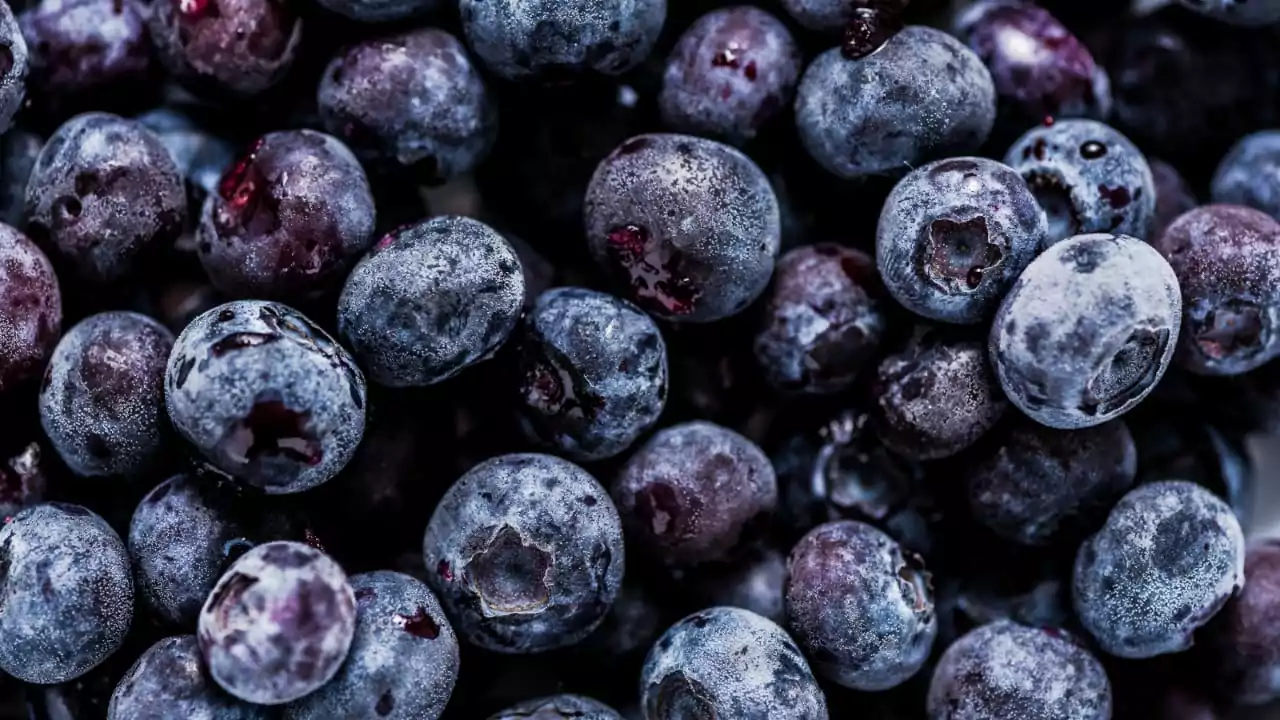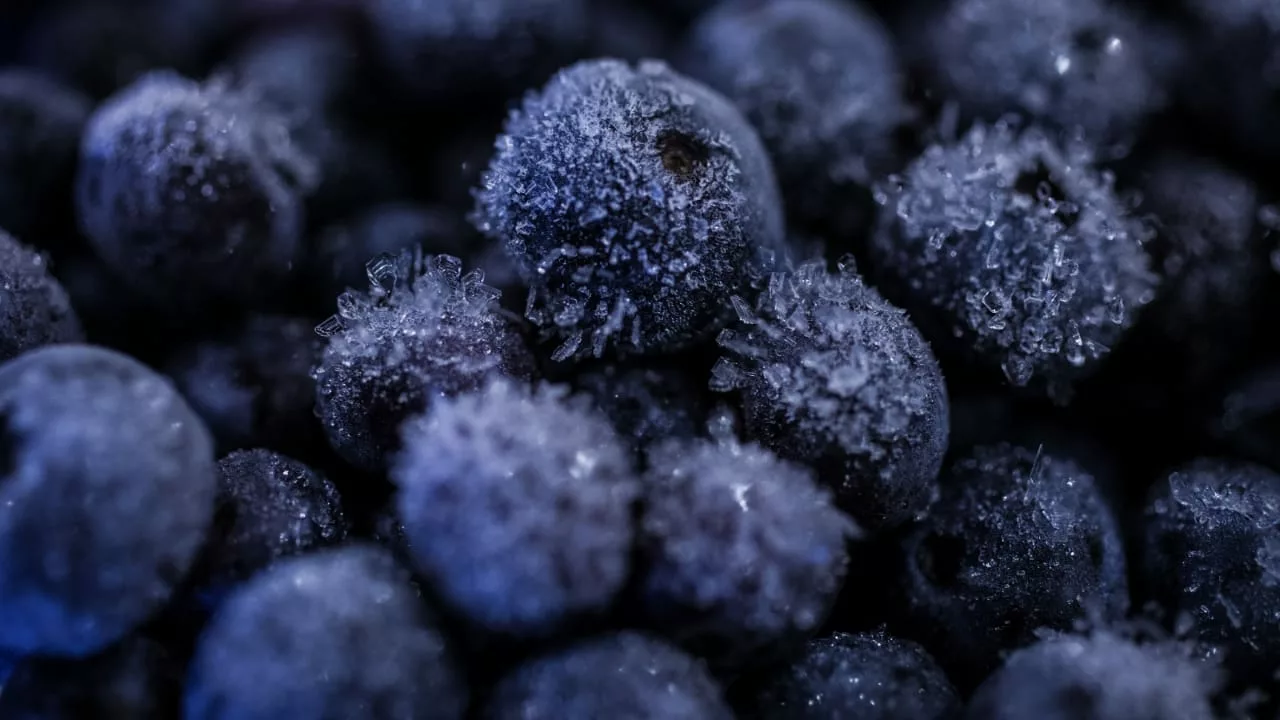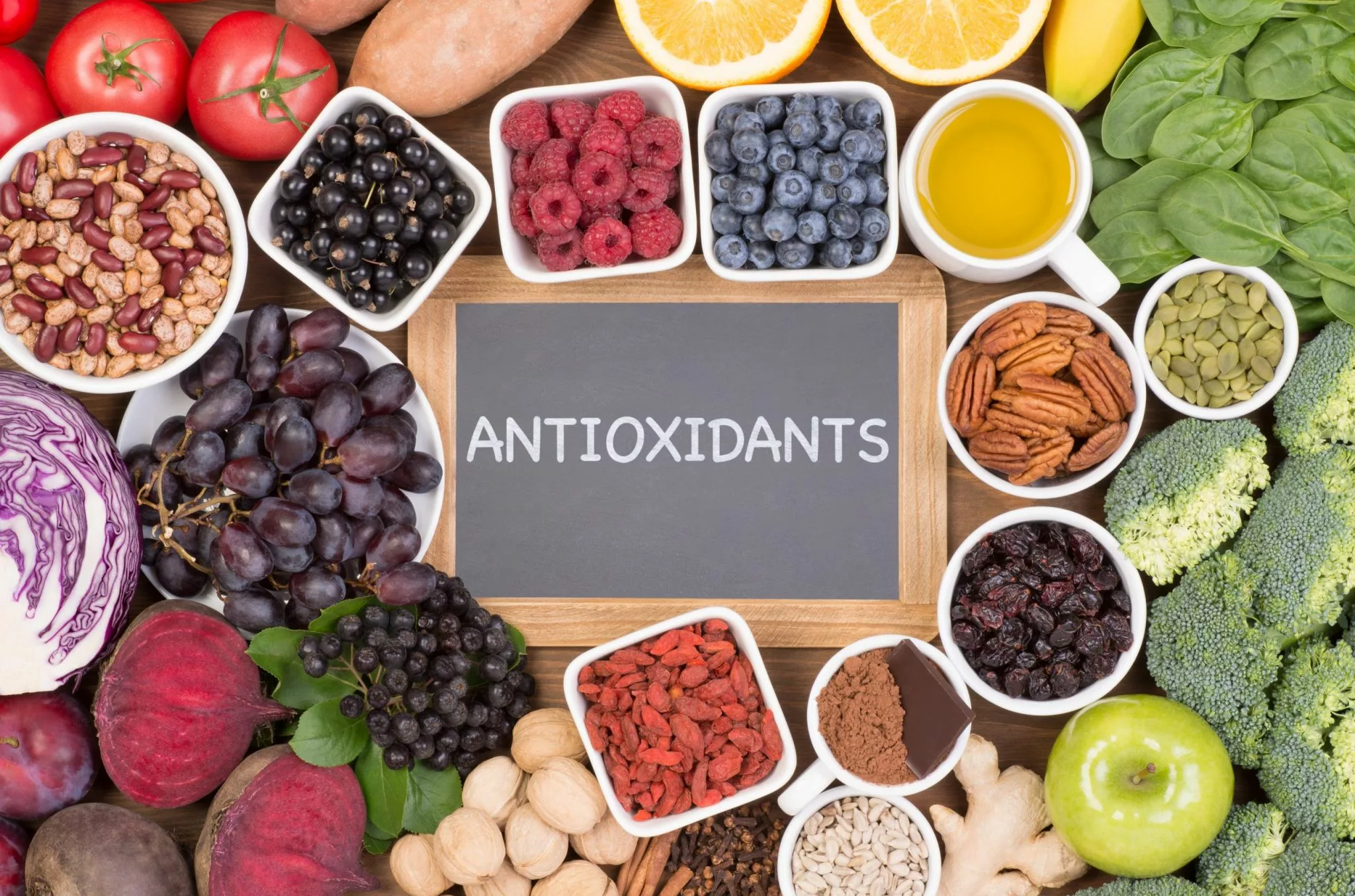Frozen foods get a bad rap for being processed junk, but the truth is, some of the healthiest foods in the market are in the freezer section. Here are five important reasons to stock up today, and all year round, on iced veggies and fruits.

They’re mature – in a good way!
The minute a fruit or veggie is picked, it begins to lose nutrients, so exactly when it’s plucked, and how long after harvesting you eat it impacts its nutritional value. Because most frozen fruits and veggies are frozen shortly after they’re harvested, they’re allowed to fully ripen, which means they’re chock full of vitamins, minerals, and antioxidants, and freezing “locks in” many of their nutrients. On the flip side, much of the fresh produce in your supermarket was reaped over 1,500 miles away, and had to travel by truck to get there. As a result, it may have been harvested before it reached its nutritional peak, then artificially ripened during transport.
They’re just as nutritious (or even more so) than fresh
The differences above may be why frozen produce has been shown to be just as nutrient-rich, or even superior to fresh, a fact supported by two new independent studies. Scientists from Leatherhead Food Research and University of Chester, carried out 40 tests to measure nutrient levels in produce that had been sitting in a fridge for three days, compared to frozen equivalents. They found more beneficial nutrients overall in the frozen samples, in everything from broccoli to blueberries. In fact, in two out of three cases, frozen fruits and veggies packed higher levels of antioxidants, including polyphenols, anthocyanins, lutein, and beta-carotene. This conclusion supports previous research, which found that freezing produce does not destroy its nutrients. In one report, the vitamin C content in fresh broccoli plummet by more than 50% with a week, but dipped by just 10% over an entire year when frozen.
They’re additive-free
Because freezing preserves food, no unwanted additives are needed in bags of frozen goodies, like spinach and strawberries. In addition, “naked” produce (e.g. no added salt or sugar) is the norm, so it’s incredibly easy to find fruits and veggies with single word ingredient lists–simply the fruit or veggie itself. To be sure, always check the ingredients, but I bet you’ll find at least a dozen varieties in the freezer aisle with absolutely nothing added.
They’re super healthy shortcuts
I frequently visit my local farmers markets, and I’m a huge fan of fresh, in-season produce. But to be honest, after a long day, I sometimes look at my bounty, sigh, and think, “Ugh, I wish it would magically prep itself.” One of my favorite things about keeping frozen options on hand is that they don’t require any washing, peeling, or chopping. And for many of my clients, that benefit is the sole reason veggies wind up on their plates. One study found that working women spend, on average, less than one hour a day preparing, serving, eating, and cleaning up after meals. That’s not under an hour for each meal – it’s less than one hour for all daily meals! Because frozen produce is prep-free, reaching for it can save you a ton of time, allowing you to make healthy dishes at home, rather than opting for takeout.
They’re versatile
I keep my freezer stocked with a spectrum of frozen fruits and veggies, and use them in a variety of ways. In addition to adding frozen fruit to smoothies, I thaw or warm it as a topping for oatmeal, or whole grain toast spread with almond butter. Frozen veggies are my chief ingredient in stir fry dishes, but I also love to sauté them in extra virgin olive oil with garlic and herbs, toss with a little quinoa or brown rice pasta, and top with a lean protein. For a quick and easy side dish, I keep jars of all natural, vegan pesto and tapenade, to toss with steamed frozen veggies. Some of my favorite combos are: broccoli with sundried tomato pesto; spinach with roasted red pepper pesto; and French cut green beans with green and black olive tapenade. Simple, delicious, and ready in a jiffy.
Taken from Health.com









